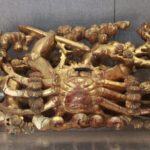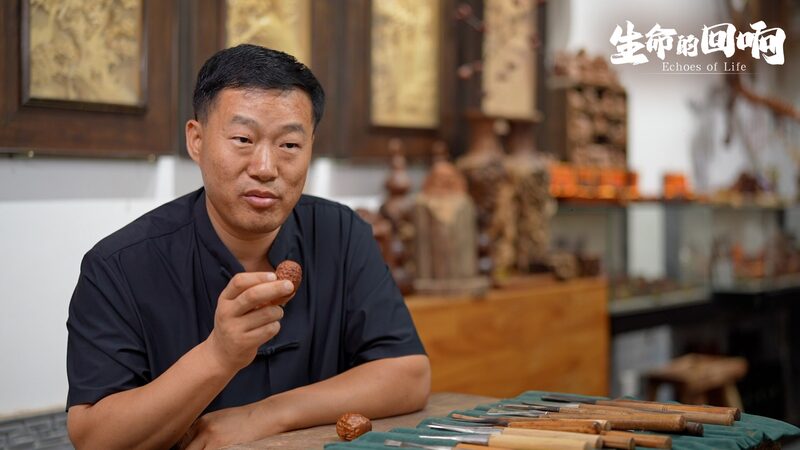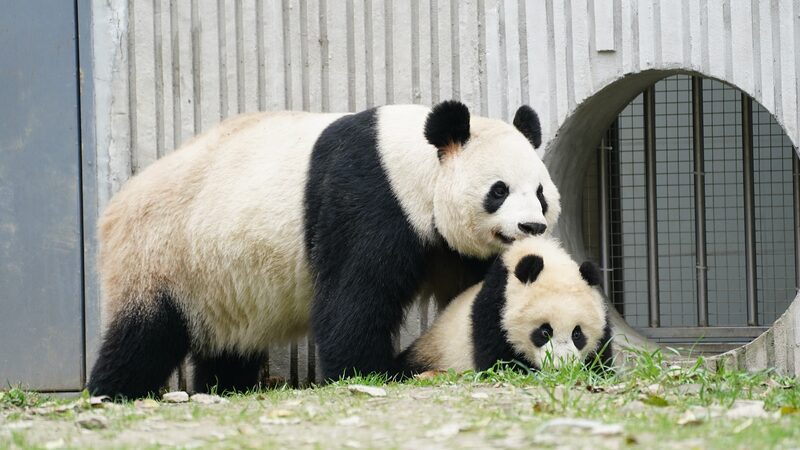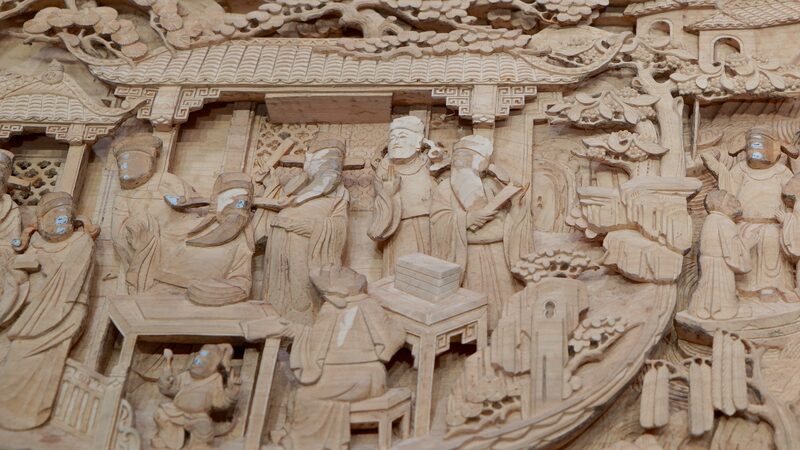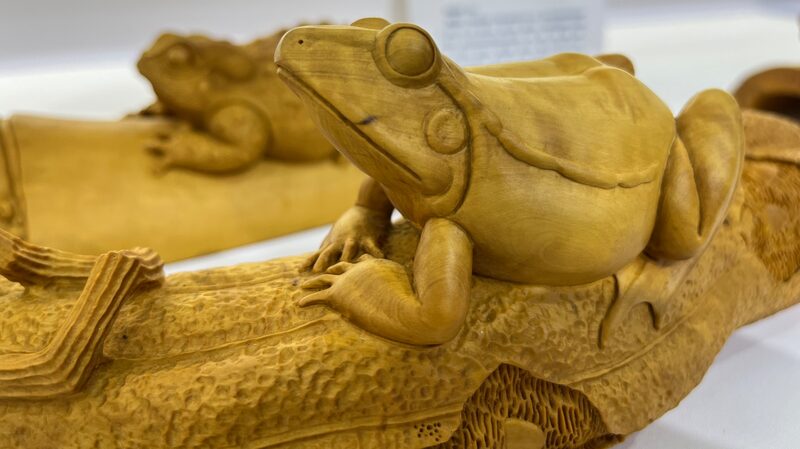When Carvings Fueled a Nation's Spirit
In the rugged hills of Yan'an during the 1930s-40s, artists transformed blocks of wood into tools of defiance. The stark black-and-white woodcut prints born here became visual battle cries during China's War of Resistance Against Japanese Aggression, reaching farmers, soldiers, and villagers in a language that transcended written words.
Art for the People, By the People
With over 80% of China's population illiterate at the time, woodcut artists like Gu Yuan and Li Qun developed a bold visual vocabulary. Their works depicted determined guerrilla fighters, resilient farmers tilling war-torn fields, and mothers cradling children amid conflict – each chisel mark amplifying the Communist Party of China's calls for unity and perseverance.
The Cutting Edge of Propaganda
These portable artworks spread through liberated areas on newspaper pages, wall posters, and pamphlets. A 1942 exhibition in Yan'an featuring 200 works drew over 30,000 visitors, with prints later reproduced for distribution across frontlines. 'Every stroke had purpose,' explains art historian Dr. Lin Wei. 'The high-contrast style ensured visibility in dim shelters, while recurring motifs like clenched fists symbolized collective strength.'
Legacy in Ink and Grain
Today, museums from Beijing to Paris preserve these revolutionary prints, now recognized as both artistic masterpieces and historical documents. Contemporary Chinese artists continue drawing inspiration from their bold lines and social consciousness, proving that in Yan'an's workshops, art didn't just mirror history – it helped carve its course.
Reference(s):
cgtn.com


